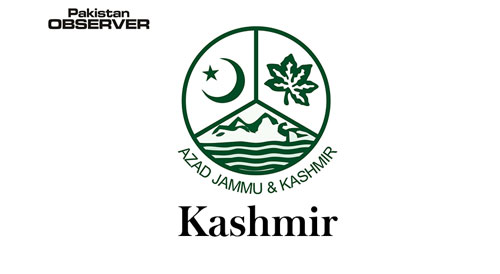Maham Shahid Gillani
On February 14 last year, a native of the Pulwama district in Indian Occupied Kashmir, Adil Dar rammed a vehicle laden with explosives into the convoy of Indian Central Reserve Police Force (CRPF), killing close to 40 security personnel. Shortly after the attack, Jaish-e-Mohammed (JeM) claimed responsibility in a video released on social media. The attack has been deemed one of the deadliest terrorist incidents on Indian forces in decades.
In only two weeks following the Pulwama attack, relations between the two states deteriorated rapidly leading to one of the most dangerous escalations between India and Pakistan witnessed since the Kargil conflict in 1999. Ultimately, on February 26, 2019 Indian jets penetrated inside Pakistani territory and claimed to target an alleged terrorist camp. Notwithstanding reports of international media and watchdog bodies that confirmed the fact that India had only struck a barren piece of land and the strike caused limited damage, Modi overstated the damage of the attack.
While Modi’s decision to employ military for political objectives, exaggeration of the damage caused by the attack and subsequent false claims of victory can be attributed to several factors inter alia showcase India’s military might, use it as a scoring point in the campaign for upcoming elections and curry favor domestically, it is also noteworthy to mention that this was the first time since the 1971 war that India used airpower to strike Pakistan beyond Kashmir.
In order to comprehend Modi’s reckless decision of employing airpower and engaging in a high-stakes game of brinkmanship, it is important to shed light on Diversionary War Theory. The theory suggests that “political elites often embark on adventurous foreign policy or even resort to war in order to distract popular attention away from internal social and economic problems and consolidate their own domestic political support.” It is in this context that Modi decided to embark on a military adventure, employ airpower and engage in a high stakes game of brinkmanship.
Prime Minister Narendra Modi was embroiled in controversy around one of the India’s largest arms purchase contracts: a whopping 7.8 billion euro weapons deal to purchase 36 Rafale fighter planes from France. He was accused of bypassing institutions and procedures for defence acquisitions, causing a massive loss to public exchequer, compromising national security, using the multibillion arms deal to offer a remunerative contract to a billionaire ally and covering up corruption by refusing to reveal the pricing details.
Modi had risen to power after pillorizing Mr. Gandhi’s dynastic Congress party, depicting it as corrupt and offering himself and his Bharatiya Janata Party as the clean and corruption-free alternative. But after the Rafale scandal broke out, the Indian opposition was able to successfully frame the arms deal as the Modi’s grand corruption scandal. The Balakot strikes helped his government deflect attention from the Rafale scandal that had greatly tarnished his image as an honest leader.
Another reason was the growing frustration of the Modi government vis-à-vis Kashmir. Notwithstanding the unbridled freedom given to the Indian armed forces to imprison, torture, arrest and kill scores of defenceless Kashmiris, they were unable to stifle the cries of freedom in the valley. The ruthless killing of the freedom fighter, BurhanWani, further emboldened the freedom movement, adding to the pressure on Modi government. Voices were being raised from within Modi’s Bharatiya Janata Party (BJP) critical of the Modi government’s handling of Kashmir issue. An aerial strike in retaliation to Pulwama attack served as a means to release public pressure and frustration built by the situation in Kashmir.
Most importantly, Modi wanted to assert India’s image of a great power that can easily violate a weaker adversary’s sovereignty and territorial integrity. He also tried to set a ‘new normal’ laced with hegemonic aggression by clearing an Indian Air Force (IAF) offensive against Pakistan. This kind of behaviour is only exhibited by big powers, for instance the US, who routinely target weaker states in this fashion. However, India’s miscalculation of Pakistan’s capabilities and Pakistan Air Force’s competence costed it great international embarrassment when the PAF not only shot down two of its aircraft but also captured its pilot. It is also where Modi’s scheme of flaunting India’s military muscle to its regional rivals and portraying himself as the lone saviour of India went horribly awry.
The aforementioned arguments discussed in the prism of Diversionary War Theory clearly lead to the conclusion that Modi jeopardized regional peace by deploying airpower against Pakistan in order to serve his vested interest of distracting public focus from his internal policy failures in India.
(The writer is a Researcher at Centre for Aerospace & Security Studies and can be reached at [email protected])










